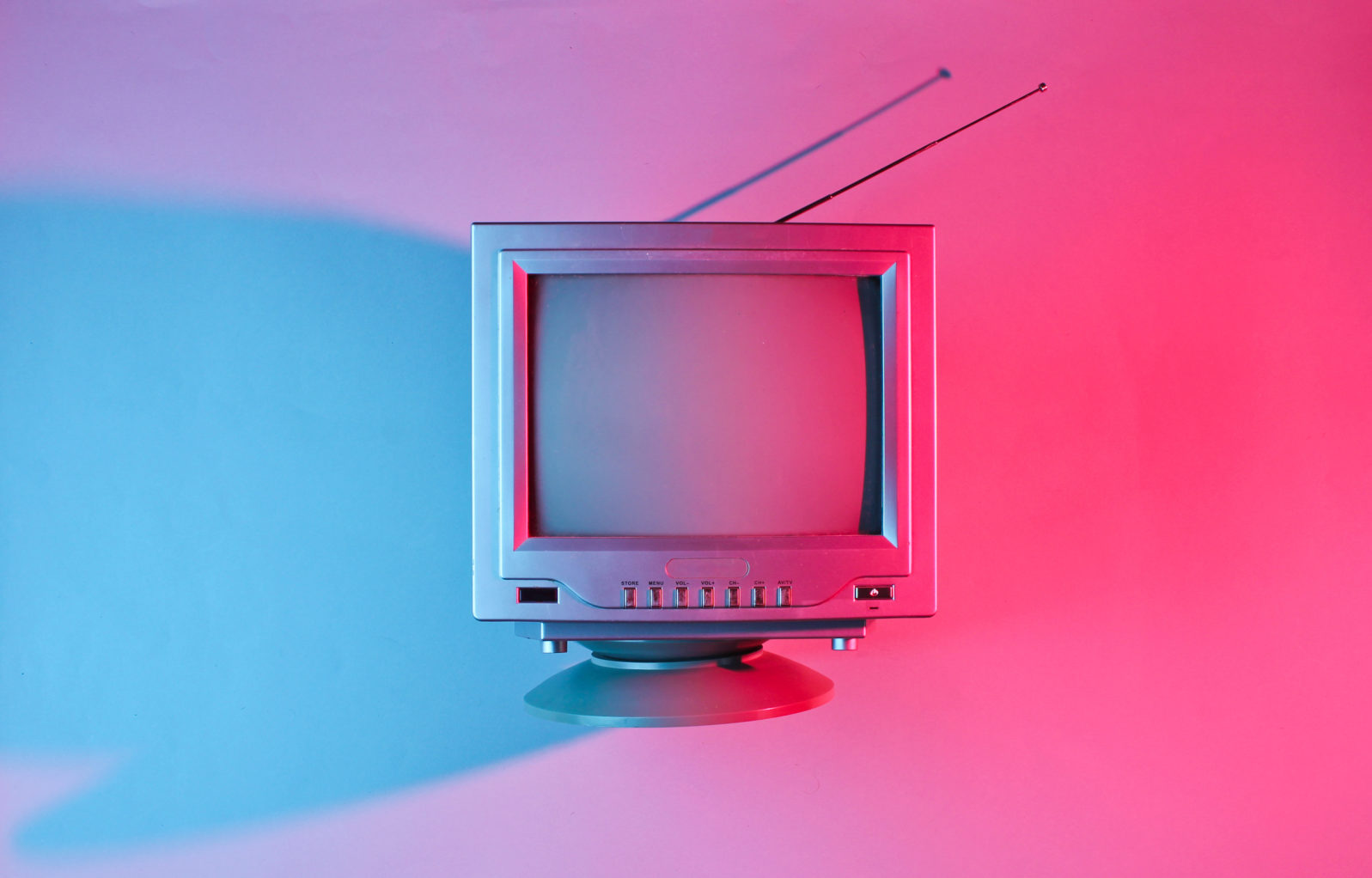The Graying of the Art — and AI — World
Why is so much modern media made up of rehashes and remakes?The world of popular art (TV, movies, etc.) has a problem. I would even go as far as to label it a crisis. The problem is that the art world is becoming increasingly derivative. There are some points where it is obviously derivative—every movie is a remake, and every TV show is a reboot. We are getting the same stories regurgitated instead of novelty. However, there are also more subtle ways that this is happening. TV comedies work largely by including inside jokes from previous TV shows.
One of the most popular writers of the 20th century was Louis L’Amour. What I think made L’Amour’s stories so great is that he could draw from a vast amount of personal experience. He could write about a lot of these things because he had done them. His characters were modeled on people he had met. Today’s characters aren’t modeled on people, they are modeled on…other characters.
One of the greatest things about the TV shows of the ‘90s was that many of the shows demonstrated a deep grounding in reality. In the made-for-kids TV comedy Boy Meets World, the main character’s best friend has a deadbeat dad with a tendency towards abuse. This is a real problem faced by real kids in the real world. Today’s TV characters are often facing manufactured problems that are only there to present the “idea” of a problem. Modern TV doesn’t distill reality into bite-sized chunks, it distills the previous generation of TV into dust.
This isn’t to say that art hasn’t always borrowed from itself. Many great works are retellings of classic stories. However, today’s rehashings aren’t using archetypal stories to firm up the foundation of a plot, they are recycling the garnishes as well, and even missing most of what made the foundational plots work in the first place.
Unfortunately, modern technology is poised to make this much, much worse. There is a fundamental problem lurking in the world of AI that almost no one is talking about. It is the fact that AI is, inherently, derivative.
AI can do a lot of cool party tricks. However, pretty much everything artificial intelligence does is a remix of previous content. GPT-3 works not by coming up with new ideas but by recycling old ones. Dall-E and Stable Diffusion work not by imagining something new, but by rehashing existing content. We hardly notice because everything in our present reality is already a rehash of a rehash. It looks like it is generating something because, to some extent, it is on par with the remakes of the present. Our present artists can’t tell us new stories. They can only remix old ones. So, when AI does it, too, instead of complaining, we celebrate that AI has reached modern culture’s level of mediocracy and complacency.
Don’t get me wrong—there is a place for remixes and rehashes and even AI-generated art. The problem is more with us. We have become so used to stultifying media that we don’t even have the imagination to notice that the computer doesn’t have one either.
